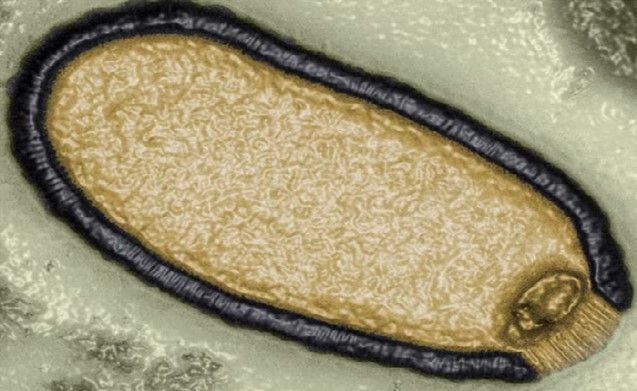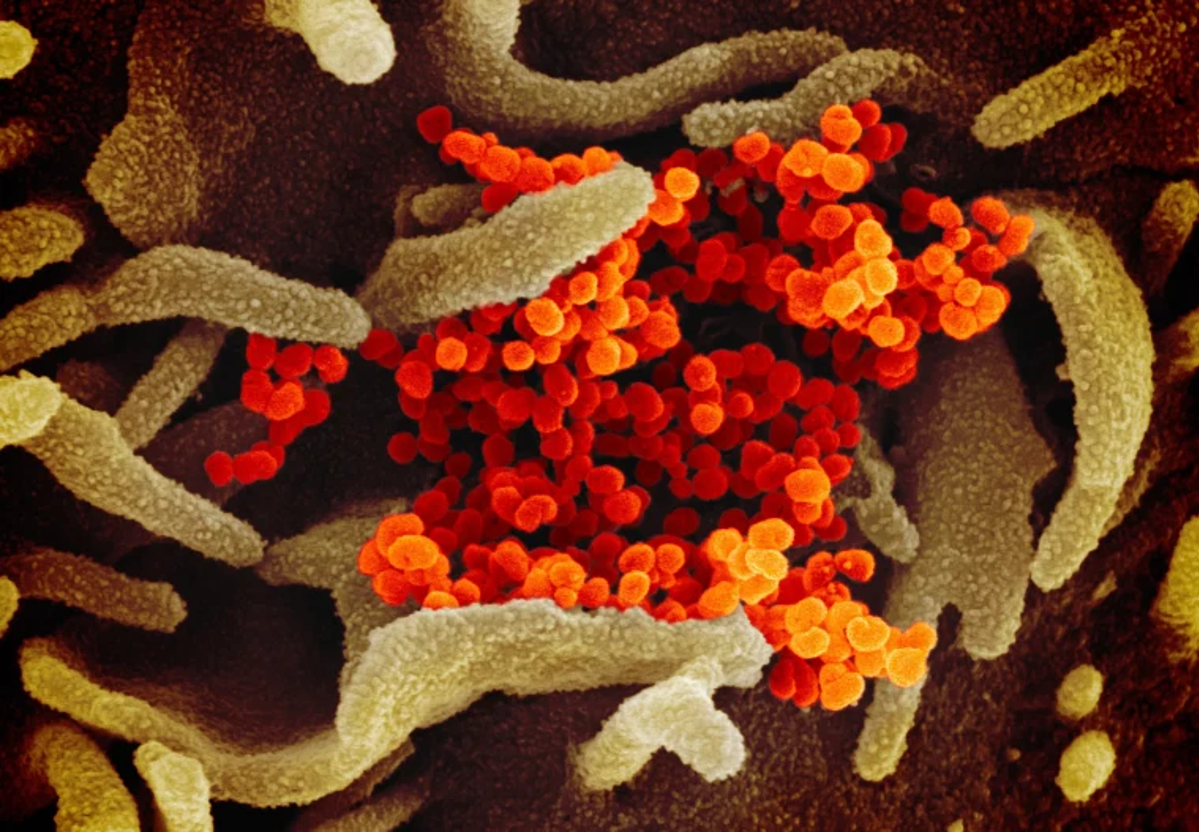Whitmore's disease
Whitmore is an acute dangerous infectious disease caused by the gram-negative bacterium Burkholderia pseudomallei.
This article is expertly advised by Dr. Le Minh Lan Phuong, Head of Medical Examination Department, Children's Hospital 1 (HCMC).
The gram-negative bacterium Burkholderia pseudomallei lives on water surfaces and in soil, especially mud.
Path of infection
- Infection is mainly due to contact with bacteria in contaminated soil through skin wounds.
- A few people inhale dust, water droplets or ingest water containing bacteria, so they are more likely to be transmitted through the digestive tract.
- However, it is not transmitted from person to person.
- Disease cases only occur sporadically and do not break out into epidemics or pandemics.
Expression
- There is no specific clinical or pathological syndrome.
- Symptoms are similar to other diseases such as tuberculosis, sepsis, prolonged fever with many abscesses on the body.
- Accurate diagnosis of the disease must be based on tests to isolate and identify bacteria in blood, pus, sputum, urine, or cerebrospinal fluid samples.
- The incubation period is usually from one to 21 days, with an average of 9 days.
- The severity of the disease depends on the infection, which can cause prolonged fever, cough, chest pain, swelling of muscles and joints, respiratory failure...
- In children:
+ About 35% have symptoms of purulent inflammation of the parotid salivary glands.
+ 65% in other forms such as high fever, pneumonia, abscesses in the spleen and kidney.
+ Can also be localized as infected foci on the skin, especially in the head, face and neck areas.
+ Severe complications can cause septic shock leading to death.
- In adults:
+ Most have symptoms of pneumonia with sepsis and abscesses on the skin.
+ Some also show signs of internal abscesses such as liver and spleen abscesses, cystitis, arthritis or meningitis.
Risk group
- Middle age.
- People with diabetes.
- Alcoholics.
- People with lung disease.
- People with chronic kidney disease.
- People at risk of contact with dirty mud containing bacteria.
Treatment
- Use antibiotics of the ceftazidime or carbapenem group, cotrimoxazole at high doses continuously for at least 2-4 weeks.
- Then use antibiotics for another 3-6 months.
Mortality rate
- Infected people have a mortality rate of 40-60%.
- In case of acute infection, death can occur within a week of the onset of illness.
- If not treated with the right dose, correct regimen and close monitoring, the disease can easily relapse, the patient's health will gradually decline and death may occur.
- The process of monitoring and treating the disease is long and expensive, so many patients have given up.
Prevention
- Ensure personal hygiene.
- Regularly wash your hands with soap and clean water, especially before and after preparing food, after going to the toilet, after working in the fields, and before eating.
- Eat cooked food and drink cooled boiled water to ensure food hygiene and safety.
- Do not slaughter or eat sick or dead animals, livestock or poultry.
- Limit direct contact with dirty soil and water, especially in heavily polluted areas.
- Do not bathe, swim, or dive in ponds, lakes, and rivers at/near polluted places.
- Use labor protection equipment (shoes, boots, gloves...) for people who often work outdoors and come into contact with dirty soil and water.
- When there are open wounds, ulcers or burns, avoid contact with potentially contaminated soil or water. If contact is necessary, use a waterproof bandage and it should be washed to ensure hygiene.
- People with underlying diseases such as diabetes, chronic liver, kidney, lung disease, immunodeficiency... need to be cared for and protected to prevent infections.
- When suspected of being infected, go to a medical facility for advice, examination, detection and timely treatment.









 Facebook
Facebook
 Tweet
Tweet
 Zalo
Zalo







 News
News

















 Sign in with Facebook
Sign in with Facebook
 Sign in with Google
Sign in with Google